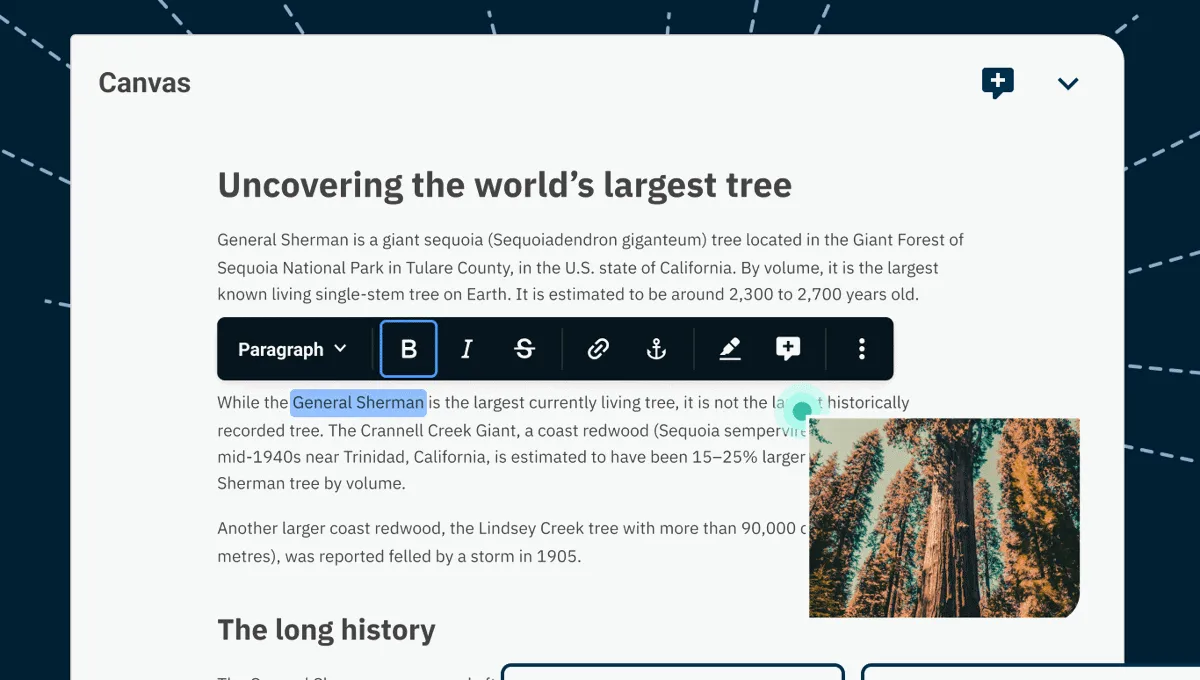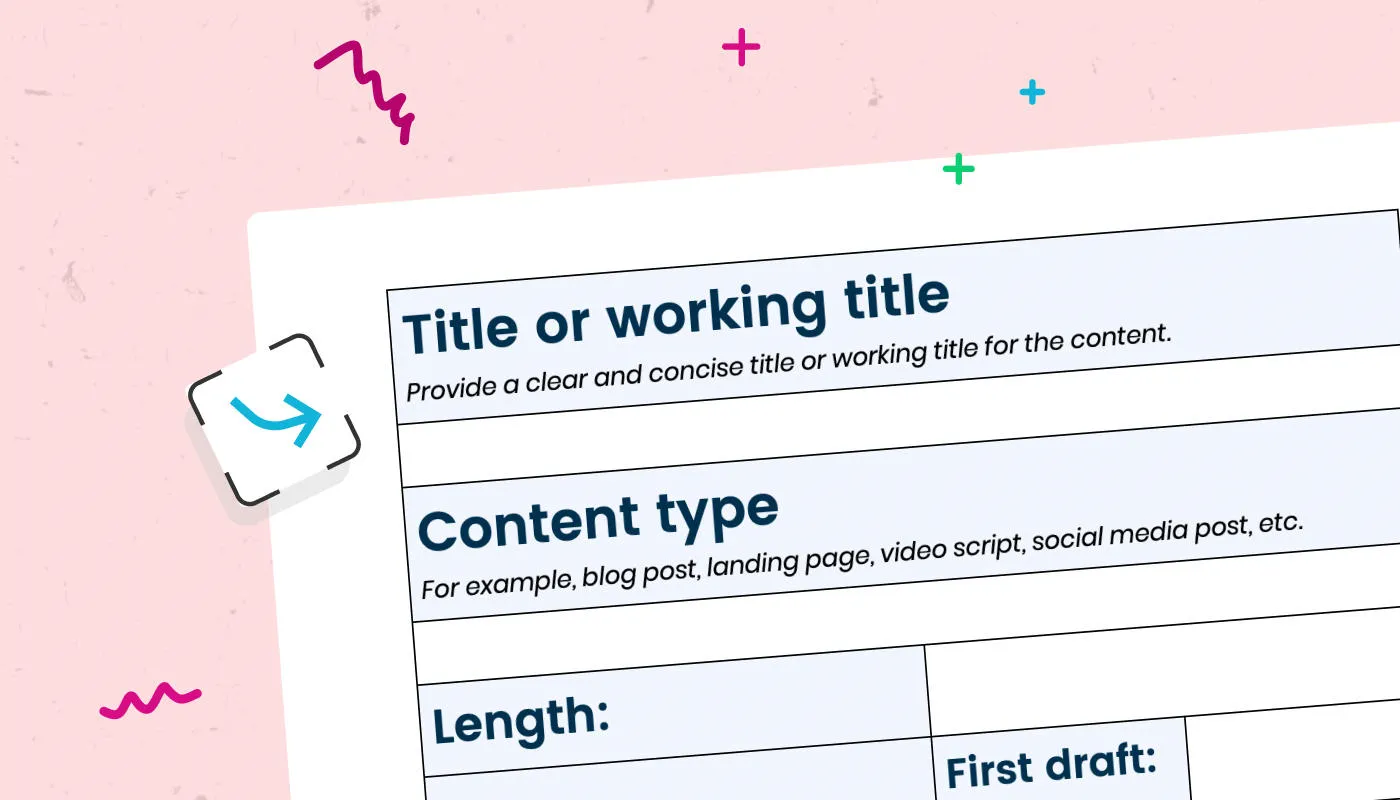Headless CMS vs Traditional CMS
The first content management systems (CMS) were developed in the late '90s when webmasters needed a way to manage the content of their growing websites. As technology has developed over the last three decades CMSs have not only become more sophisticated, but also more specialised. Today, if you search for the term 'CMS' you'll be overwhelmed with hundreds of options – which can be a little confusing for non technical users, to say the least.
TL;DR Differences between a headless CMS and traditional CMS platforms
- Headless CMSs easily allow content to be shared across platforms.
- Headless CMSs do not care about the front-end user interface or presentation layer.
- Traditional CMSs can be difficult to scale effectively.
- Traditional CMSs generally have preferred programming languages.
- Headless CMSs allow you to use any programming language.
- Contensis is a really great CMS, which you should totally check out.
It's likely that any content management systems you've used up to this point was a traditional CMS like Wordpress, Joomla or Drupal. Until recently these kinds of CMS dominated the market. Now that more people are looking to publish their content on other platforms besides websites, the popularity and demand for headless systems has grown – which is why it's important to learn the differences between a headless CMS such as Contensis, and an older-style traditional CMS.
On this page
What is a traditional CMS? 🤔
In a traditional CMS, the back-end (the database and the admin area where you manage the content) and front-end (where your content is displayed) are directly connected to each other. A traditional CMS will usually allow editors to make changes to the visual side of the website without requiring much, if any, developer experience. This ease of use has made traditional CMSs hugely successful, but it also creates limitations as to what you can achieve with a traditional monolithic CMS.
One of the main limitations of a traditional CMS is how the content gets delivered. Because the content and design are so closely coupled, you can generally only deliver your content to a website. If you want to share your content across different devices or platforms, you will have to use a different system – which could become difficult to scale and would be time-consuming to maintain.
Traditional CMSs usually have a preferred programming language too. This means that if you choose a content management system that has a template language of PHP, you will have to use PHP to serve your content, which doesn't give you much flexibility.
Subscribe to our newsletter
What is a headless CMS? 🤔
A headless content management system (CMS) is a content repository which enables content to be accessible via an application programming interface (API) to any device.
So, you wouldn't be mistaken in thinking a headless CMS is pretty much just a place to store content in a way that is easily accessible. The power of a headless system comes from the fact that it's language agnostic – it allows developers to serve content using any programming language. This means you can choose the most suitable language to deliver content to all digital channels – from websites and mobile apps to wearables and business systems.
While your content is stored in the CMS, the code that runs your website or app is stored separately, usually in a distributed repository. This means that it's much easier for teams working remotely to work on code at the same time without causing conflicts – something that's proving essential in the current ‘working from home' landscape.
Because a headless CMS keeps your content separate from your code base, it also allows you to be agile and use continuous delivery practices such as version control and automated testing to release features faster and more safely while seeing an earlier return on investment.
Wondering where the word 'headless' comes from? It's simply the concept of chopping the 'head' which is the front-end off the 'body' which is the back-end – the content repository.
When you think of 'headless' you think you are getting less. But in this case especially, 'less' is definitely more.
What are the main differences between a headless CMS and a traditional CMS? 🔍
Headless content management systems:
- One place for managing content. All of your content for all of your systems is maintained using the same interface, meaning you can publish content faster with fewer mistakes.
- The 'back-end' of a headless CMS separates itself from the ‘front-end' where content is displayed.
- Build omnichannel experiences – easily distribute content across different platforms from a single back-end.
- Scalable, easy to customise, and very flexible.
- Requires developers or developer support.
- The front-end can be language agnostic – a headless CMS allows a developer to use any language or framework they are comfortable using, whereas a traditional CMS typically requires the use of a specific framework and language.
Traditional content management tools:
- Content is edited using a 'What You See Is What You Get' (WYSIWYG) interface because they only have one context for presenting the content which is typically a web page.
- The 'back-end' is intrinsically connected to the 'front-end'.
- Often restricted by programming language.
- Web pages can be created from pre built templates without much need for development resources.
- Limitations on where and how content can be delivered.

Why is Contensis better than other headless CMSs? 👌
Contensis is a new kind of CMS – a hybrid CMS. It combines the best features of a headless CMS and a traditional system to make it easy for your teams to create, manage, and publish multilingual content to any platform and can easily handle large enterprise websites. Its features and tools focus on working for you, not get in your way.
- Our content modelling, authoring, and governance features help your teams to create and keep on top of well-structured content.
- Our RESTful Delivery API lets you publish your content as JSON using your favourite coding language.
- Site View provides an easy way for non-developers to create and manage your content in a hierarchical structure.
It's no longer enough to just have a responsive website. You need to make sure you have a seamless customer experience across all devices, now and in the future to deliver the same content to all users. There's no better time to start the transition to a headless CMS. Check out Contensis' features and how it can work for you and your team today. Alternatively, book your own customised demo with a Contensis expert.
Final thoughts on headless CMS vs traditional CMS
Headless CMSs are an excellent choice for projects that require flexibility, scalability, and developer freedom. They are ideal for projects that have diverse content delivery needs. On the other hand, traditional CMSs are suitable for more straightforward projects because they offer ease of use, rapid development, and integrated solutions. However, they may lack the flexibility for more complex or innovative digital experiences. When deciding between headless and traditional CMS for a tailored solution, it's essential to consider the project's complexity, the development team's expertise, and future adaptability.
FAQs - Content management systems
What is a decoupled CMS?
A decoupled CMS (Content Management System) is an architecture that separates the front-end (user interface or presentation layer) and back-end (content storage and management). This separation allows for greater flexibility and scalability. There are two main types of decoupled CMS: headless CMS, where the front-end is independent and communicates with the CMS through APIs, and traditional CMS, which has an API layer that enables content retrieval for various front-end platforms. Decoupled CMS provides flexibility, scalability, and the ability to deliver content across multiple channels. However, it also comes with challenges, such as increased complexity and coordination between development teams.
What is a typical headless CMS architecture?
A typical headless CMS architecture consists of the following components:
Headless CMS:
- Content Management Backend: This is the core of the headless CMS, responsible for digital content creation, storage, and management. It typically includes a user interface for content editors to create and update content.
- APIs (Application Programming Interfaces): The CMS exposes APIs that allow developers to interact with the content management back end. These APIs enable content retrieval and manipulation, bridging the back-end and the front end presentation.
Front-end Application:
- Presentation Layer (Head): The front-end is the user interface displaying the content. It could be a website, mobile app, single-page application, or digital platform.
- Front-end Framework or Technology: Developers use their preferred front-end technologies or javascript frameworks (e.g., React, Angular, Vue.js) to consume the content APIs provided by the headless CMS and present the content in the desired format.
CDN (Content Delivery Network) or Hosting Service:
- Static Files Hosting: The front-end is built as a static site or application in many headless CMS architectures. These static files can be hosted on a CDN or a hosting service for efficient content delivery and improved performance.
Optional Middleware or Server-Side Logic:
- Middleware or Server-Side Application: Depending on the project requirements, there might be a middleware layer or server-side application that handles additional logic, such as authentication, dynamic routing, or server-side rendering.
Here's a simplified flow of how a typical headless CMS architecture works:
- Content Creation: Content editors use the CMS back end to create and manage content.
- API Interaction: The front-end interacts with the headless CMS via APIs to retrieve the necessary content.
- Content Presentation: The front-end uses its chosen technology or framework to present the content to end users.
- Static Files Hosting or CDN: The static front-end files, if applicable, are hosted on a CDN or hosting service for efficient content delivery.
This architecture provides flexibility, allowing developers to choose the best tools for content management and presentation layers of their digital experiences. It also supports content delivery to various channels and devices, making it suitable for projects with diverse business requirements.







